Eat organics, reduce cancer risk?
I rarely post anything about agricultural chemicals, mainly because it’s so hard to find people who are not exposed to them, most people are exposed only to small amounts, and the industry that makes them is so fierce about casting doubt on the quality of any research demonstrating harm.
But here is a French study comparing the risk of getting cancer among people who consume conventional diets with those who mainly consume organic foods. Organics are relatively free of the most potentially harmful pesticides and herbicides.
The key points of this study:
Question What is the association between an organic food–based diet (ie, a diet less likely to contain pesticide residues) and cancer risk?
Findings In a population-based cohort study of 68 946 French adults, a significant reduction in the risk of cancer was observed among high consumers of organic food.
Meaning A higher frequency of organic food consumption was associated with a reduced risk of cancer; if the findings are confirmed, research investigating the underlying factors involved with this association is needed to implement adapted and targeted public health measures for cancer prevention.
The authors’ offer this as the most likely explanation:
…the prohibition of synthetic pesticides in organic farming leads to a lower frequency or an absence of contamination in organic foods compared with conventional foods46,47 and results in significant reductions in pesticide levels in urine.48
They also note that the International Agency for Research on Cancer finds certain agricultural chemicals (most notably glyphosate / Roundup) to be probable or possible carcinogens.
As for opposition, the American Council on Science and Health (ACSH), an industry-sponsored group that can always be counted on to defend chemicals in the food supply, offers this detailed critique of the study.
Yes, of course we need more research on this question, and the sooner the better.
In the meantime, this study provides another good reason for choosing organic foods whenever you can.
References
46. Barański M, Srednicka-Tober D, Volakakis N, et al. Higher antioxidant and lower cadmium concentrations and lower incidence of pesticide residues in organically grown crops: a systematic literature review and meta-analyses. Br J Nutr. 2014;112(5):794-811. doi:10.1017/S0007114514001366
47. Smith-Spangler C, Brandeau ML, Olkin I, Bravata DM. Are organic foods safer or healthier? Ann Intern Med. 2013;158(4):297-300. doi:10.7326/0003-4819-158-4-201302190-00019
48. Science and Technology Options Assessment. Human health implications of organic food and organic agriculture. http://www.europarl.europa.eu/RegData/etudes/STUD/2016/581922/EPRS_STU%282016%29581922_EN.pdf. Accessed May 28, 2017.

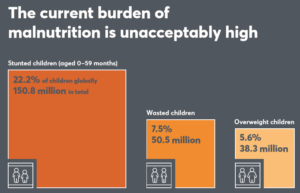 It also deals with adult obesity:
It also deals with adult obesity: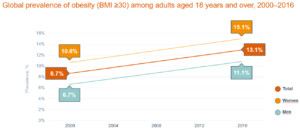
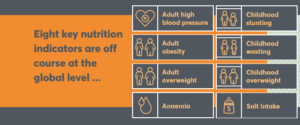
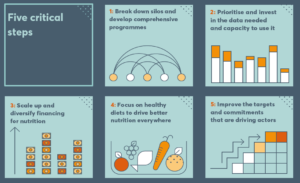

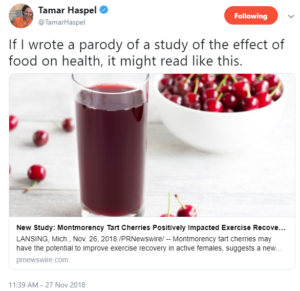
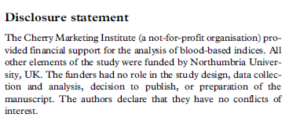 Another example of a study with a sponsor predictable from its title, alas.
Another example of a study with a sponsor predictable from its title, alas.
